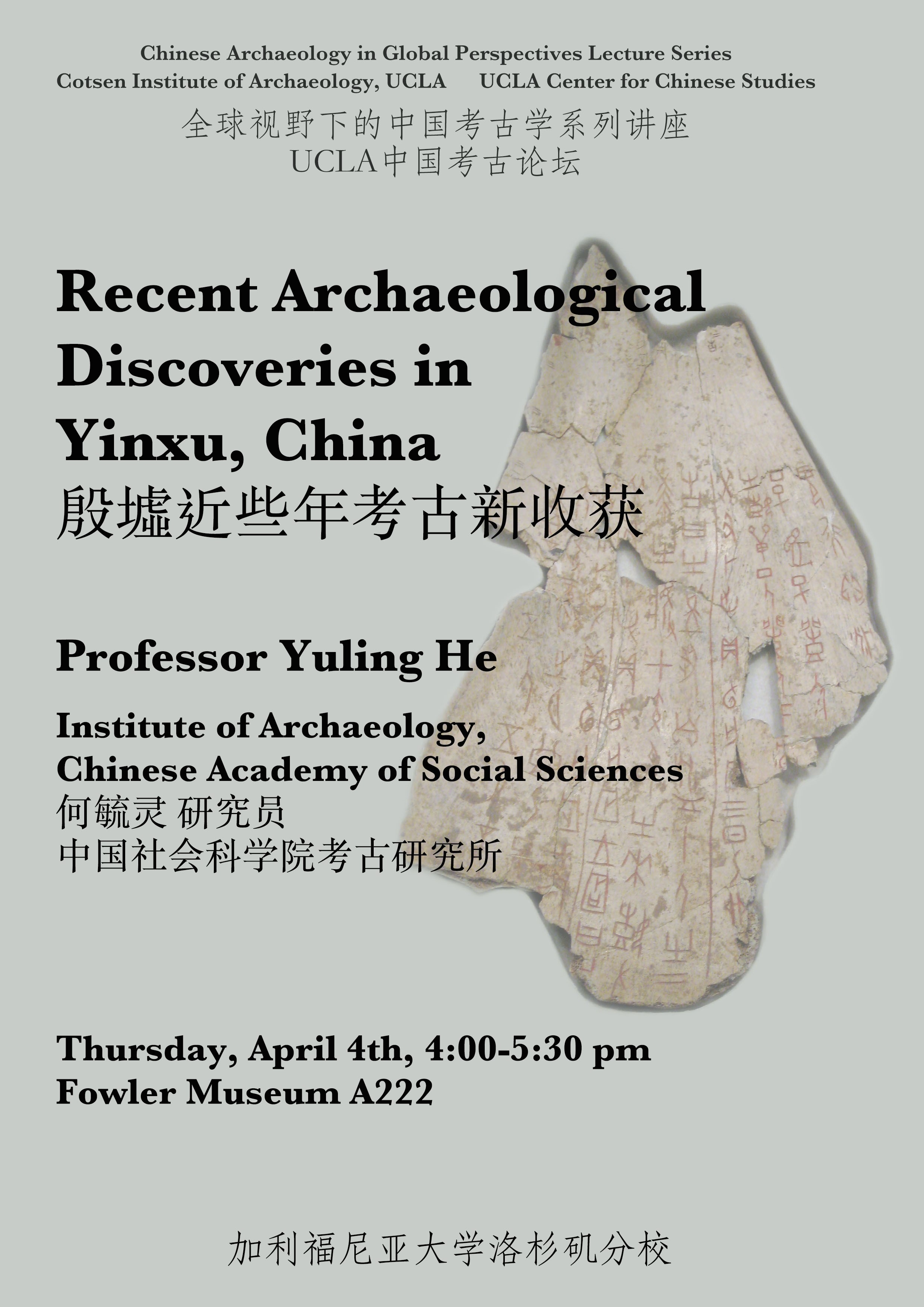Past Events
Interested in Cotsen events? Sign up for our mailing list.Speaker:
Dr. Sonia Zarrillo
Postdoctoral Fellow
Cotsen Institute of Archaeology, UCLA
Abstract:
Throughout human history, from our earliest ancestors through to modern societies, plants were of vital significance. They have been essential to diet, used as medicines and in ceremonies, fashioned into a myriad of tools, containers, adornments, and musical instruments, depicted in artwork and used as emblems, and relied on as a source of fuel and building material.
Paleoethnobotany, or archaeobotany, is the study of the interrelationships between people and plants in the past. More specifically, paleoethnobotany is the recovery, analyses, and interpretation of plants from archaeological contexts to answer questions of behavior and ecological interactions between past peoples and plants.
In this lecture, case studies from past and current research – from the northern Plains of North America to the South American Andes – will be presented to illustrate the range of knowledge to be gained from paleoethnobotanical studies, followed by research and volunteer opportunities for students and the interested public.
Contact Sumiji Takahashi
Email sutakahashi@ioa.ucla.edu
Phone 310-825-4169
Dr. Jennie Ebeling
Associate Professor
Department of Archaeology
University of Evansville in Indiana
Abstract:
Bread and other grain-based foods were not only staples in the ancient Israelite diet; they were also staples in the ritual acts that accompanied the worship of several deities in ancient Israel. In addition to the state god YHWH, who required regular offerings of lechem hapanim (“bread of the presence”) in the Tabernacle and the Jerusalem Temple (Exodus 25:30, 39:36, 40:23; Leviticus 24: 5-9; Numbers 4:7; 1 Kings 7:48), the Queen of Heaven (Jeremiah 7:18, 44:17-25) was worshipped by families in Jerusalem and throughout Judah with cakes that were marked with her image. Although the biblical writers did not record the details of these practices, the remains of ritual activity in a variety of Iron Age (ca. 1200-586 BCE) archaeological contexts are strongly associated with areas where bread and other foods were prepared and consumed. In this presentation, I will discuss the evidence for feeding the gods in Israelite houses, the house of YHWH, and other contexts, and suggest that the ritual importance of bread in ancient Israel began with women’s food offerings to household deities.
For more details see: https://www.cjs.ucla.edu/event/feeding-the-gods-in-ancient-israel/
Contact Center for Jewish Studies
Email cjsrsvp@humnet.ucla.edu
Phone (310) 267-5327
Dr. Elizabeth (Lisa) Matisoo-Smith
Professor of Biological Anthropology and Chair
Department of Anatomy, University of Otago
The Powers and Pitfalls of Molecular Archaeology
In 1989 it was announced in Nature that DNA could successfully be extracted from
archaeological bone, and thus was born the field of molecular archaeology. The last
decade has seen the field flourish with the development of Next Generation Sequencing
(NGS) technology. While the results of many molecular studies have contributed
positively to our understanding of prehistory, others have not. It must be recognised that
molecular techniques are just tools, and like all tools, they are only useful if used
properly. What is most important is that the right questions are asked, the appropriate
samples to answer those questions are collected, and the results interpreted in the
context of the current knowledge. This paper discusses the past, present and future of
molecular archaeology, focusing on both the strengths and the weaknesses of the
application of molecular techniques and the interpretation of molecular data with
regards to reconstructing the prehistory of the Pacific.
Contact Sumiji Takahashi
Email sutakahashi@ioa.ucla.edu
Phone 310-825-4169
Contact Sumiji Takahashi
Email sutakahashi@ioa.ucla.edu
Phone 310-825-4169
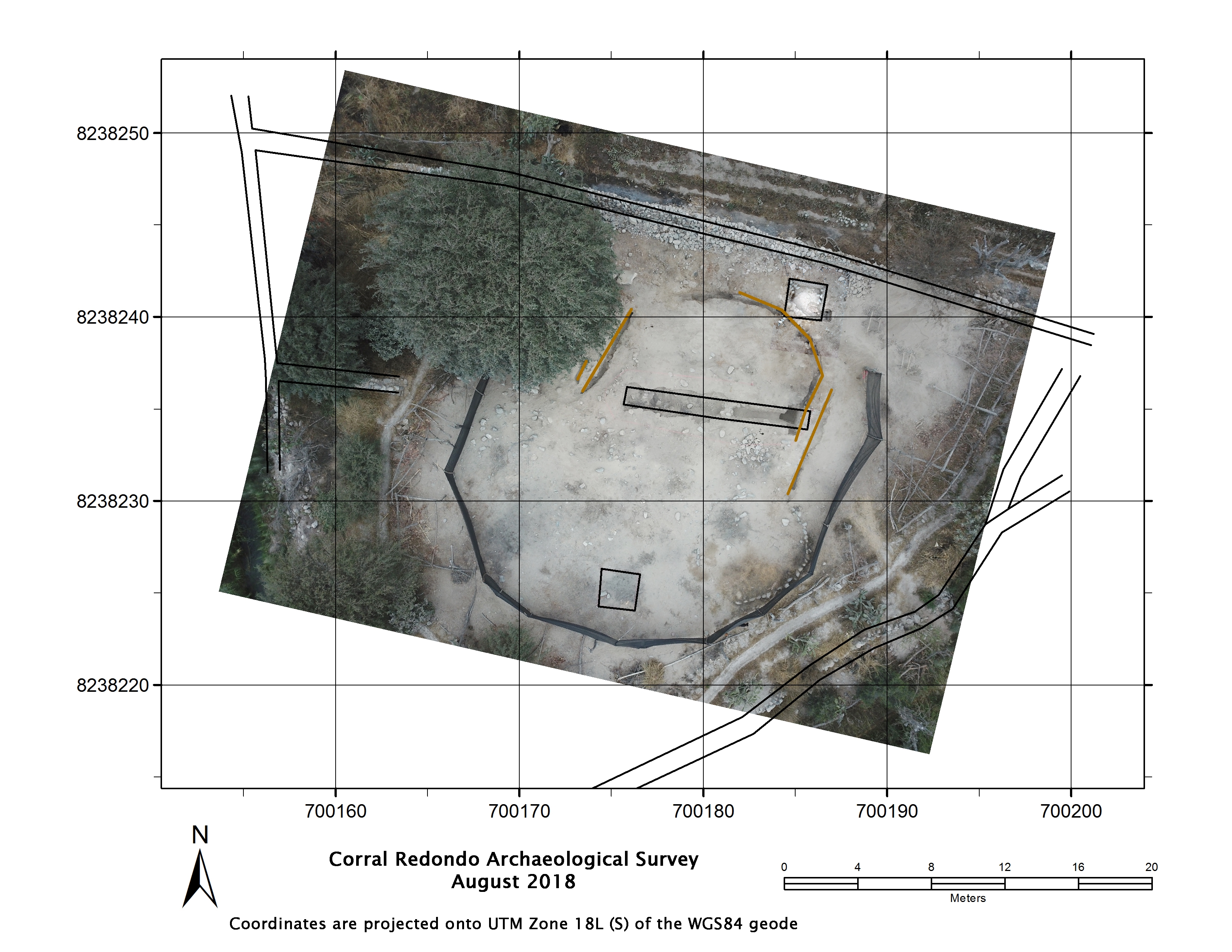
Corral Redondo, Peru: 75 Years Later
Dr. Hans Barnard, UCLA
Dr. Danny Zborover, Institute for Field Research
Vanessa Muros, UCLA
ABSTRACT
Corral Redondo is located in southern Peru, where the Chorunga River joins the Ocoña River on its way from the Andes to the Pacific Ocean. In 1943 Corral Redondo briefly shot to fame after local villagers discovered the site and recovered 96 Wari period (ca. 600‒1000 CE) blue-and-yellow feathered panels, stored inside eight large ceramic face-neck jars. Inka period (ca. 1450‒1550 CE) silver and bronze vessels, as well as gold and silver figurines of camelids and humans, dressed in miniature garments, were found elsewhere on the site. The type and number of artifacts found suggests that the site functioned as a ceremonial compound in both Wari and Inka times. However, because the site was looted and the finds dispersed to museums in Peru and elsewhere, all archaeological information associated with them has obviously been lost. In the summer of 2018 a team from the Cotsen Institute, the University of Chicago, the Institute for Field Research,and local archaeologists visited the Ocoña Valley to investigate and record the remains of Corral Redondo and its wider environs. In this presentation, the first results of this ongoing research endeavor will be discussed.
Contact Sumiji Takahashi
Email sutakahashi@ioa.ucla.edu
Phone 310-825-4169
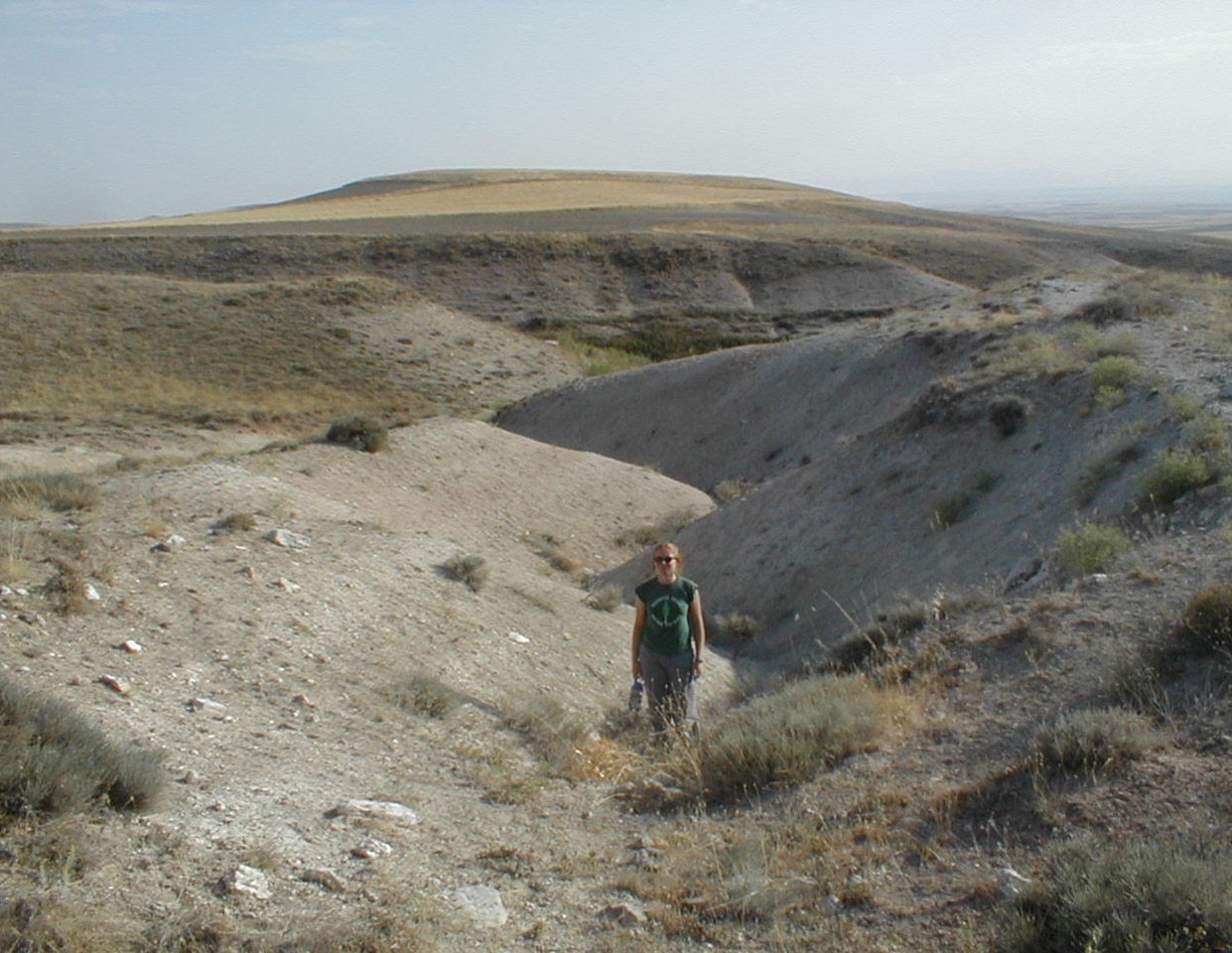
Dr. Lisa Kealhofer
Professor, Anthropology and Environmental Studies and Sciences, Santa Clara University
Abstract:
Archaeologists have often assumed that agricultural strategies are significant factors in altering environments. Narratives of societal collapse typically point to environmental degradation as an outcome of population increase or political breakdown. We use a version of Niche Construction Theory to interpret the timing and nature of landscape change around Gordion in central Anatolia over the last 5000 years. Recent work in the Gordion region by us and others demonstrates that major environmental change is only weakly connected to standard measures of agricultural intensification. Using detailed stream histories and survey-based settlement data, we show that the largest environmental changes predate significant settlement in small watersheds, while the largest regional-scale changes postdate high intensity settlement and land use. By integrating multiple lines of evidence, we identify and date both environmental perturbations and possible counteractive niche construction strategies associated with political centralization.
Contact Sumiji Takahashi
Email sutakahashi@ioa.ucla.edu
Phone 310-825-4169
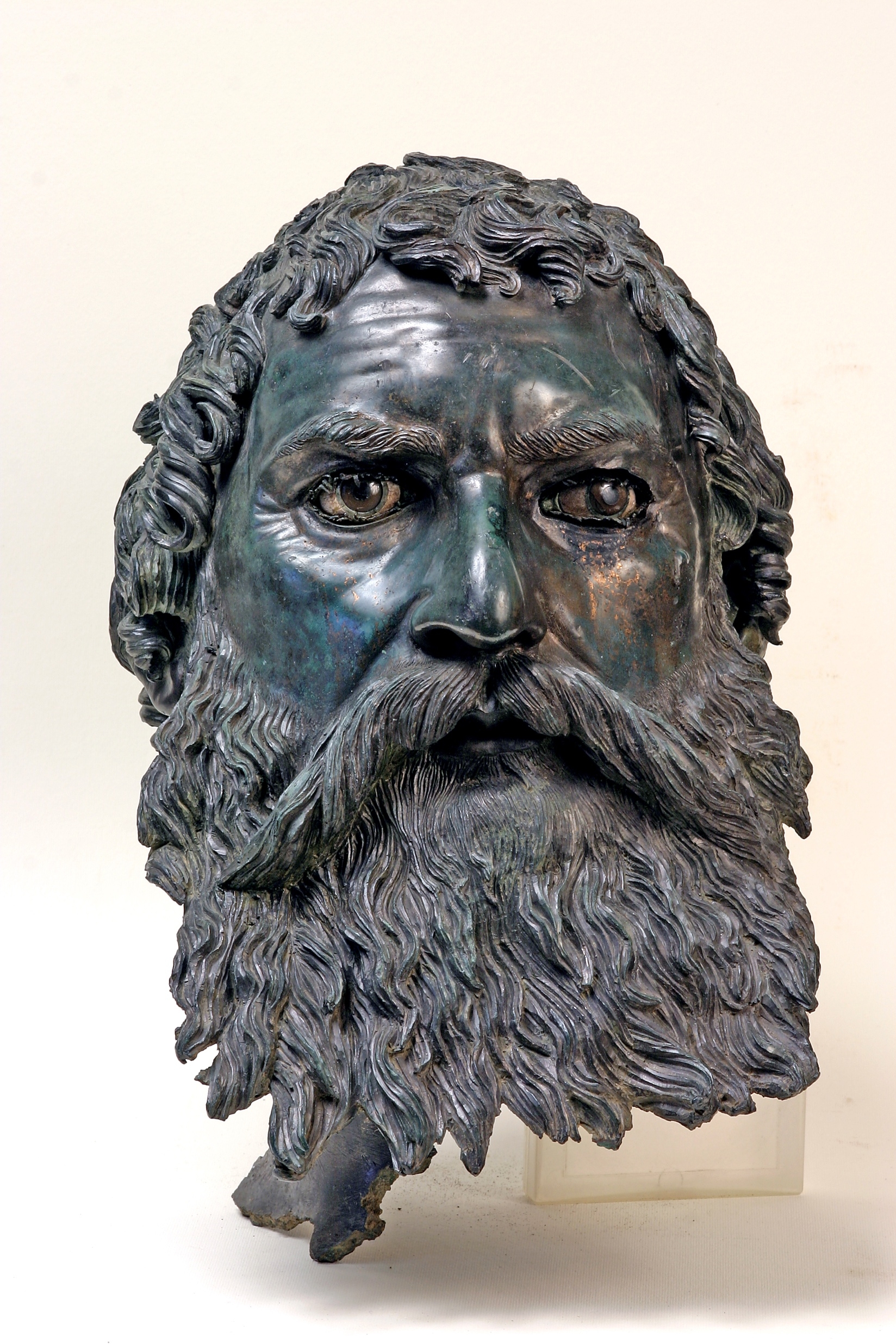
Ivan Vasilev
Founder and CEO
Balkan Heritage Foundation
ABSTRACT:
Occupying the eastern part of the Balkans along the Western Black Sea shore, Bulgaria has a rich and diverse archaeological heritage. Within its borders are the remains not only of the early humans and Neolithic farmers, but also of the arguably Europe’s oldest civilization dating to the 5th millennium BCE. A very significant share of the country’s archaeological heritage belongs to the civilizations of the ancient Thracians, Greeks, Macedonians and even Persians as well as Celts, Romans, Byzantines, medieval Bulgarians and Ottomans. The country has more than 150,000 registered archaeological sites, thousands of historic sites and millions of archaeological artifacts kept in around 300 museums and collections, which means Bulgaria ranks with Greece, Italy and France as Europe’s archaeologically richest countries.
Bulgaria’s archaeological heritage received the interest of European scholars in the second half of the 19th century, not much before the country received autonomy from the Ottoman Empire in 1878. However, the beginning of the archaeological investigation in the country dates to both decades around the turn of the century (1890s-1900s). It was encouraged and supported backed-up and triggered by the development of relevant research and museum infrastructure across the country. The National Archaeological Museum was established in 1892 and the Bulgarian Archaeological Society (later National Archaeological Institute) was established in 1901.
Archaeologists have been unearthing the evidence about the past of these lands for more than a century. The current presentation will review their greatest achievements and discoveries while introducing the country’s rich potential for research. It will start with a review of the finds from Kozarnika Cave - one of the earliest Paleolithic sites in Europe, the “world’s oldest gold” found in Varna and the richest collection of Attic vases outside Athens. Then it will highlight treasures and tombs of Thracian royalty along with important monuments and cities of ancient Greeks, Romans, Byzantines and medieval Bulgarians.
Contact Sumiji Takahashi
Email sutakahashi@ioa.ucla.edu
Phone 310-825-4169
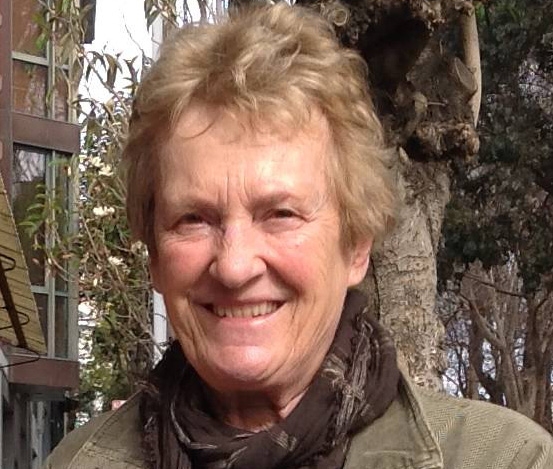
Dr. Ruth Tringham
Professor
Graduate School (Anthropology)
UC Berkeley
ABSTRACT:
This presentation describes a path to addressing the discomfort that I and many of my braver colleagues have had when putting words into the mouths and heads of prehistoric actors, knowing that these words say more about us than they do about prehistory. Yet without such speech, how are we archaeologists and the broader public to imagine the intangibles of the deep past (emotions, affect, gender, senses)? Moreover, such words create a misleading certainty that conceals the ambiguities of archaeological data. Are there alternative options to verbal and vocal clarity when creating imagined fictive narratives about the past? With inspiration from composer Györgi Ligeti, from linguists and experimental psychologists, and from ASMR performers, I explore the emotive power of vocal non-verbal interjections and utterances that have more universality and less cultural baggage, using them in three diverse remediations of digital media from three prehistoric archaeological contexts in Europe and Anatolia.
Contact Sumiji Takahashi
Email sutakahashi@ioa.ucla.edu
Phone 310-825-4169
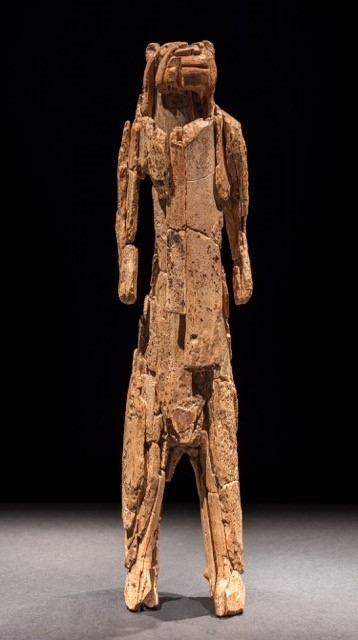
Dr. Avinoam Shalem
Department of Art History and Archaeology
Columbia University
Abstract:
In this lecture, I would like to challenge the specific art historians’ interest in the question of the earliest and the first-in-sequence work of art. My inquiry does not aim at disregarding this query as a legitimate one or criticizing the art historian’s obsession with this mode of investigation. On the contrary, I would like to ponder on the benefit that art historians gain from locating specific art works as the earliest or the first of their kind. Moreover, I would like to disclose the historical trajectory of this method, namely the first medieval scholarly quests for defining and demarcating the earliest. Thus, my aim is to set this mode of research in its historical context and, hopefully, raise further critical points about our regarding of this approach as scholarly method, for its bad and good reasons alike.
Contact Sumiji Takahashi
Email sutakahashi@ioa.ucla.edu
Phone 310-825-4169

Dr. Jonathan Ashley-Smith
Getty Conservation Guest Scholar
Abstract:
This presentation will discuss the inevitability of prediction in conservation activities.
Routine activities such as condition assessment and risk assessment rely on the ability to
predict future environments and future physical and chemical states of objects. Yet for the
results to be useful they have to be presented as positive statements that hide the huge
uncertainties in such predictions. Codes of conservation ethics imply predictions about the
future behaviours of people and objects. Despite the inherent uncertainties of such
predictions, such codes have become the bedrock of the conservation profession.
Contact Sumiji Takahashi
Email sutakahashi@ioa.ucla.edu
Phone 310-825-4169
- ‹ previous
- 28 of 50
- next ›



